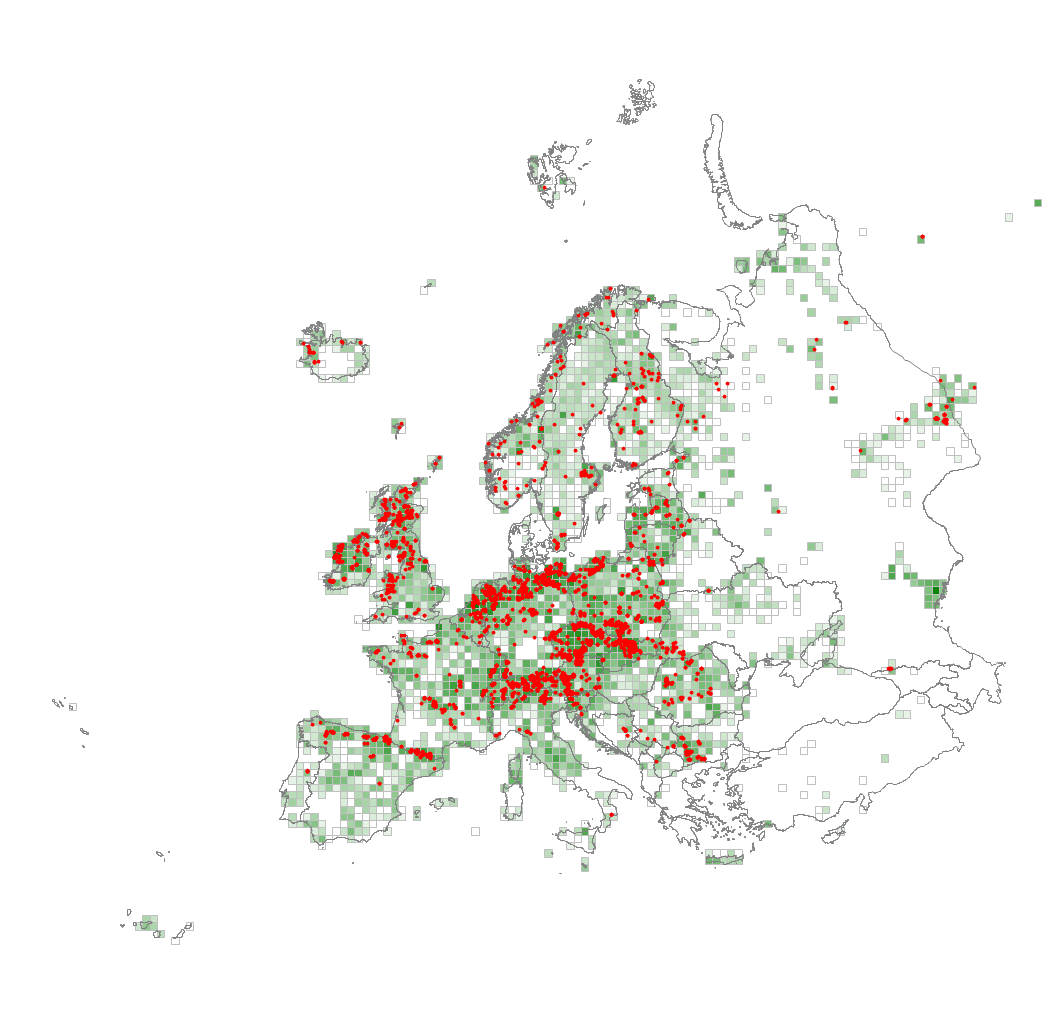Q22 Poor fen
This type of mire, fed by a throughput of acid, nutrient-poor groundwater occurs in a variety of topographic situations (around upland springs, in the laggs of raised bogs, in forest hollows and among infertile fen-grassland complexes) throughout the siliceous landscapes of temperate Europe, particularly in the north. There is a continuous surface carpet of oligotrophic sphagna and small sedges and an associated flora of mire generalists characteristic of less minerotrophic situations. Surface patterning is usually very limited, but towards the boreal regions, there can be a gentle hummock-hollow pattern with scattered trees in drier areas.
Chytrý M., Tichý L., Hennekens S.M., Knollová I., Janssen J.A.M., Rodwell J.S. … Schaminée J.H.J. (2020) EUNIS Habitat Classification: expert system, characteristic species combinations and distribution maps of European habitats. Applied Vegetation Science 23: 648–675. https://doi.org/10.1111/avsc.12519
Version 2025-10-03, https://doi.org/10.5281/zenodo.16895007.
For the official presentation of the EUNIS Habitat Classification from the European Environment Agency, please see: EUNIS Terrestrial Habitat Classification 2021. The FloraVeg.EU presentation may show modifications and partial updates to the habitat classification.
